After George Edward Anderson (1860-1928), Apostles and Temples from 1835-1886:
Floral Record of the Apostles, Temples, Etc. etc. of the Church of Jesus Christ,
of Latter-day Saints, 1886. Albumen silver print of a broadside, which had letterpress and photographs mounted behind the board.
Graphic Arts GA 2008.00002
“George Edward Anderson … was born 28 October 1860 in Salt Lake City and apprenticed as a teenager under renowned photographer, Charles R. Savage. … At the age of seventeen Anderson established his own photography studio in Salt Lake City with his brothers, Stanley and Adam. He subsequently established a studio in Manti, Utah …”
“He is perhaps best known for his traveling tent studio, set up in small towns throughout central, eastern, and southern Utah to capture the lives of the residents… . Although today we might think of Ed Anderson as a portrait photographer, his clear and artistic studio portraits are complemented by thousands of documentary portraits … “
“including the Scofield mine disaster, and the building of temples by members of the Church of Jesus Christ of Latter-day Saints.” — At Brigham Young University’s site, they note that the majority of this biographical information is taken from Rell G. Francis, The Utah Photographs of George Edward Anderson (Lincoln: University of Nebraska Press, 1979). (SAPH TR646.U6 F672 1979)
Shown above are photographs of Joseph Smith, Hyrum Smith, Brigham Young, and several members of “the former and current Quorum of the 12 Apostles.” Also pictured: Salt Lake Temple; Kirtland Temple; St. George Temple (Saint George, Utah); Nauvoo Temple; Smith, Joseph, 1805-1844; Smith, Hyrum, 1800-1844; Young, Brigham, 1801-1877; Woodruff, Wilford, 1807-1898; Marsh, Thomas B. (Thomas Baldwin), 1799-1866 Johnson, Luke S., 1807-1861; Smith, William, 1811-1893; Boynton, John Farnham, 1811-1890; Johnson, Lyman E. (Lyman Eugene), 1811-1856; Page, John E.; Wight, Lyman; Lyman, Amasa M. (Amasa Mason), 1813-1877; Taylor, John, 1808-1887; Pratt, Orson, 1811-1881; Rich, Charles C. (Charles Coulson), 1809-1883; Snow, Lorenzo, 1814-1901; Snow, Erastus Fairbanks, 1818-1888; Richards, F. D. (Franklin Dewey), 1821-1899; Smith, Joseph F. (Joseph Fielding), 1838-1918; Carrington, Albert, 1813-1889; Thatcher, Moses, 1842-1909; Kimball, Heber Chase, 1801-1868; Hyde, Orson, 1805-1878; Patten, David W, 1799-1838; McLellin, William E. (William Earl); and Pratt, Parley P. (Parley Parker), 1807-1857.
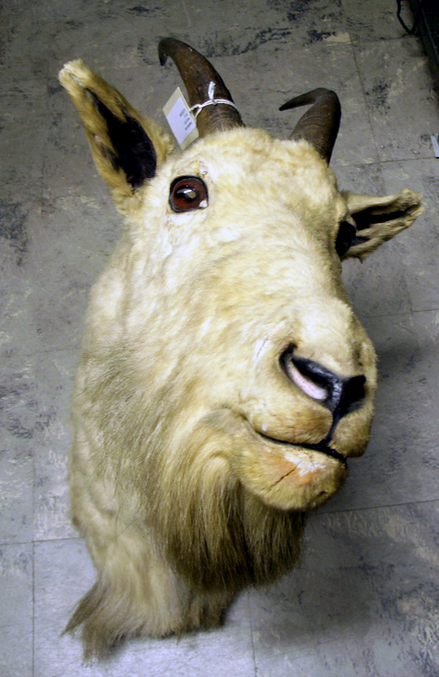
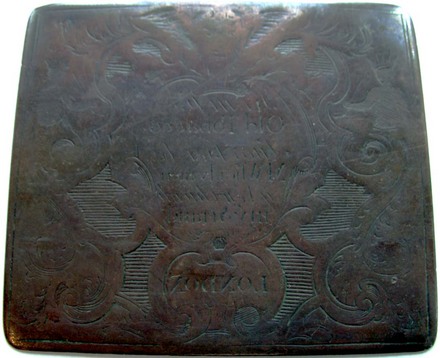
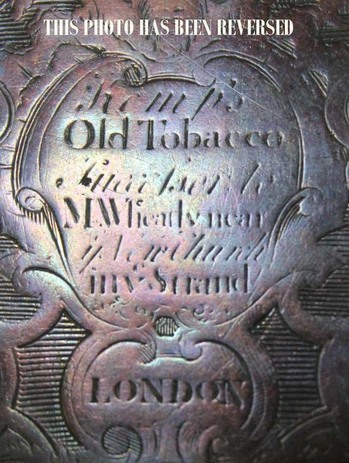
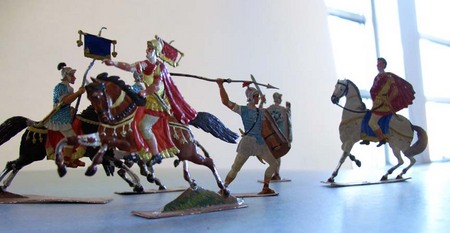
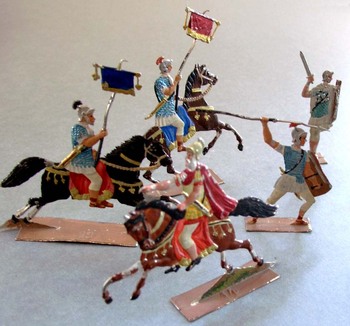
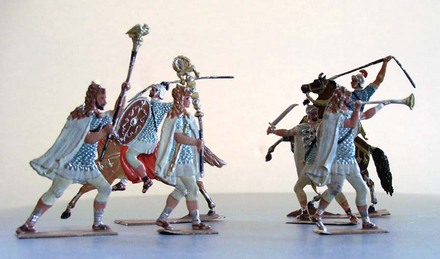
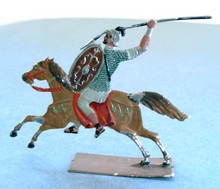
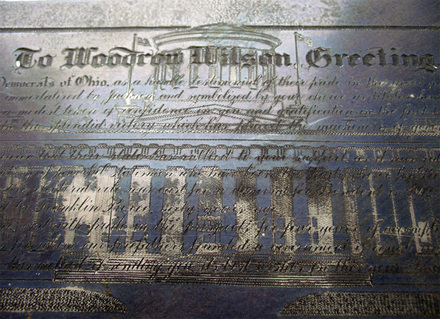
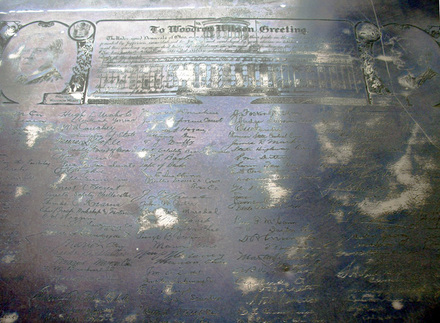
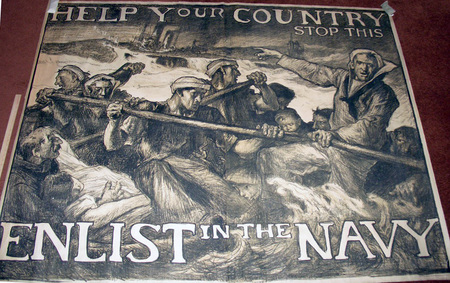
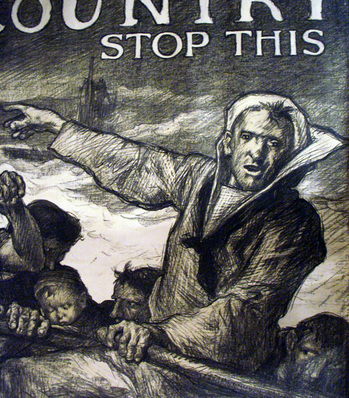
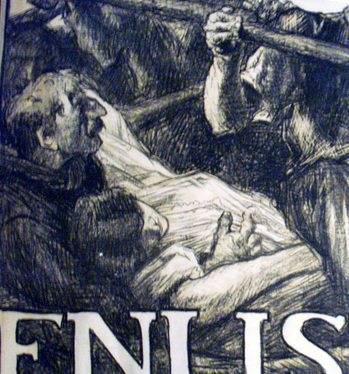
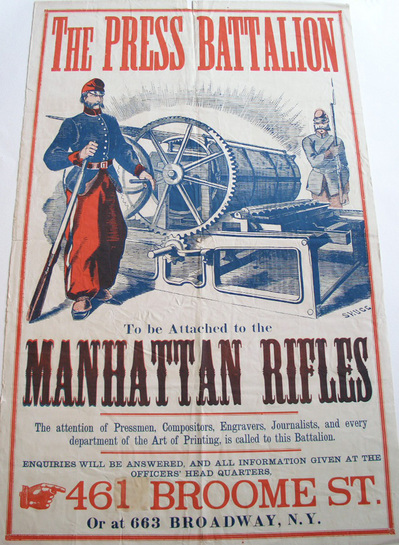
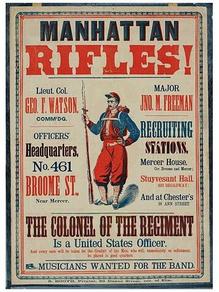
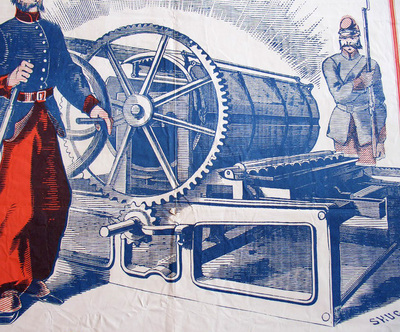
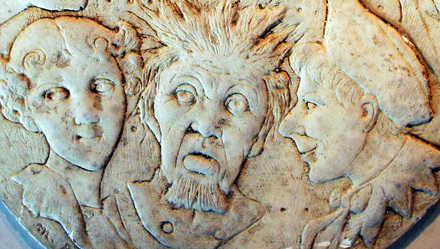
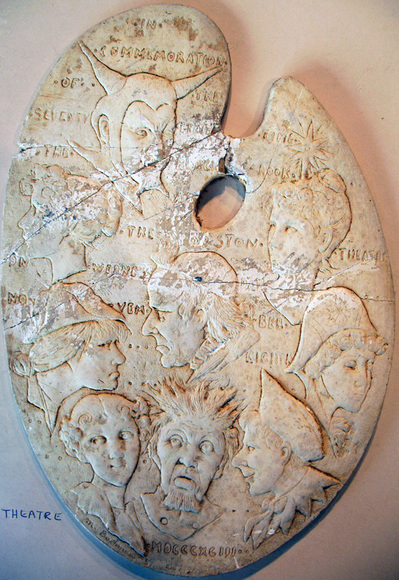
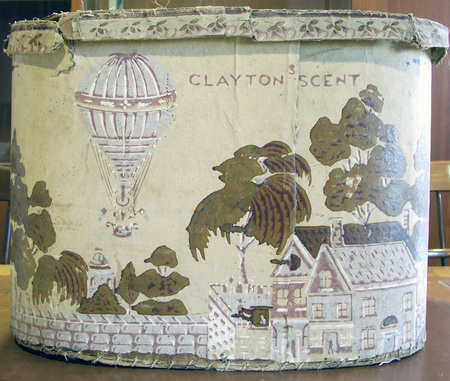
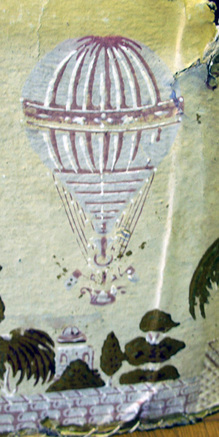
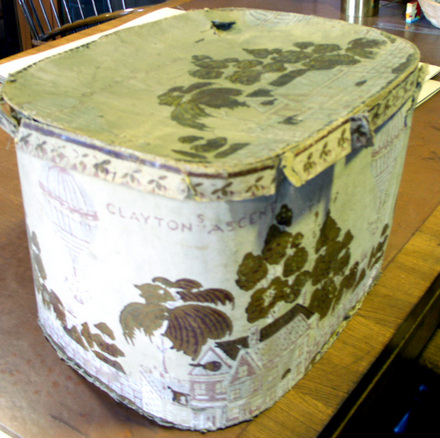
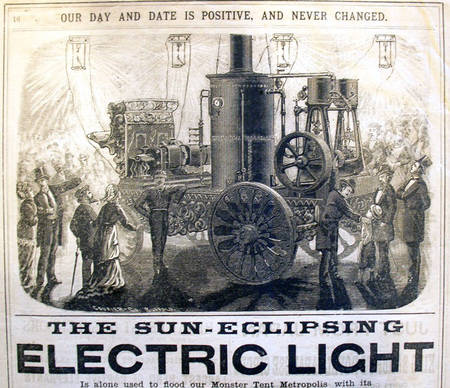
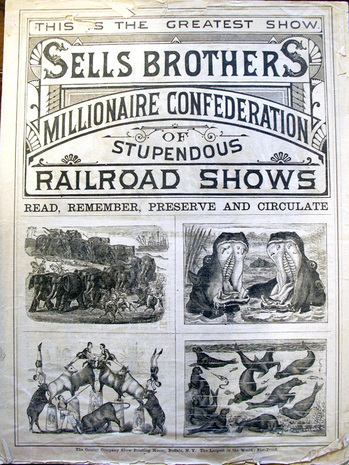
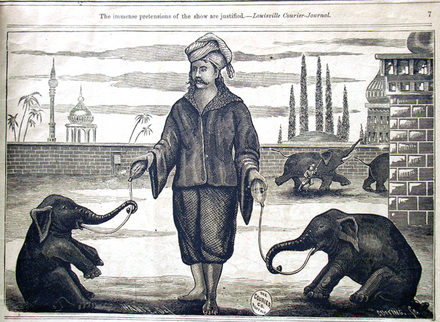
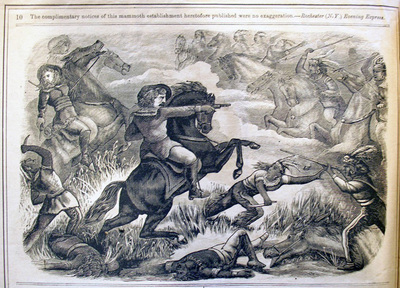
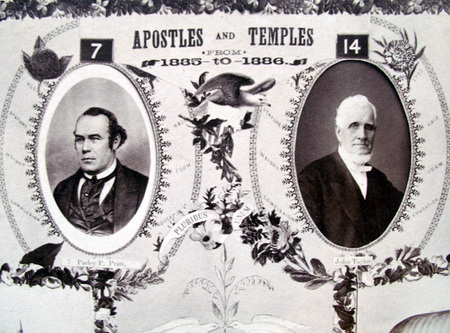
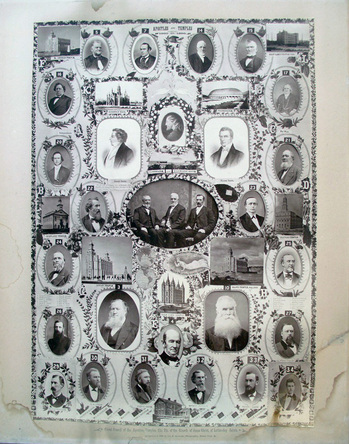
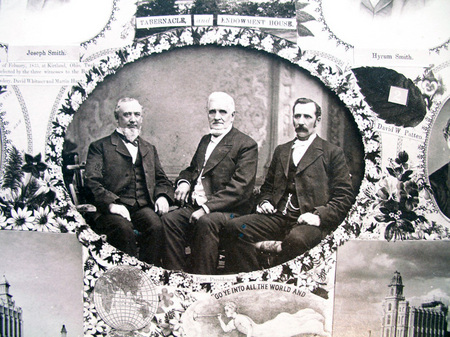
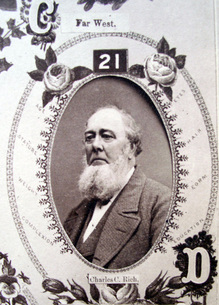
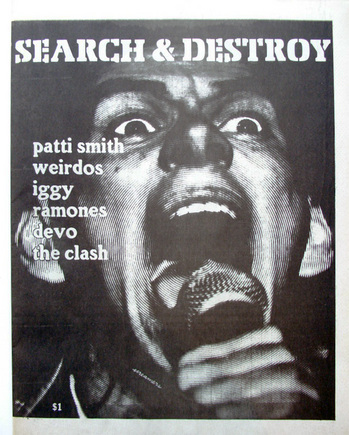
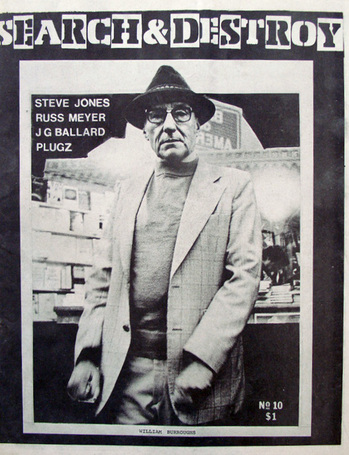
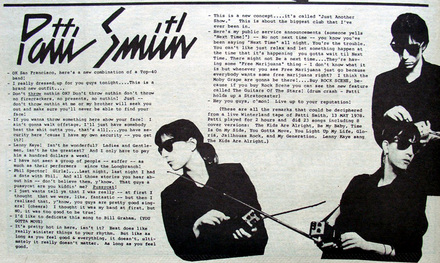
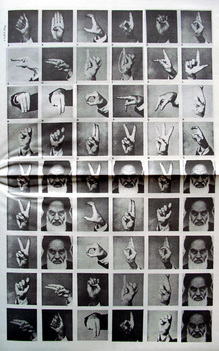
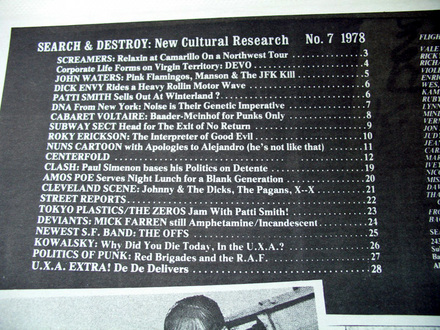
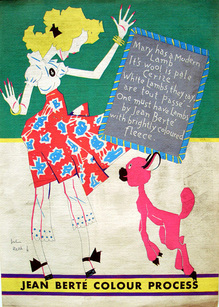
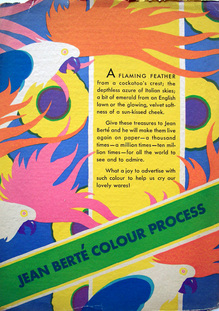
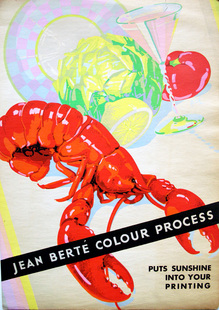
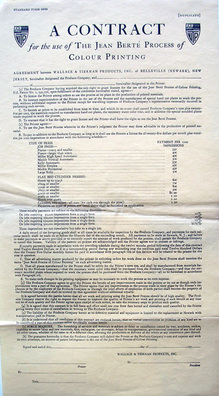
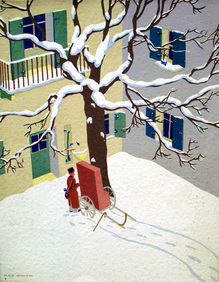
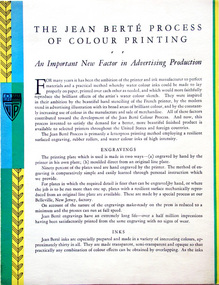
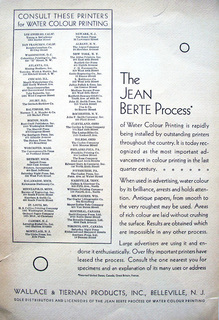
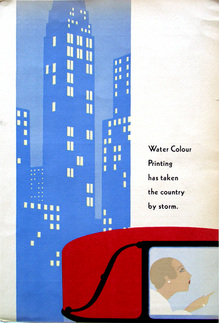
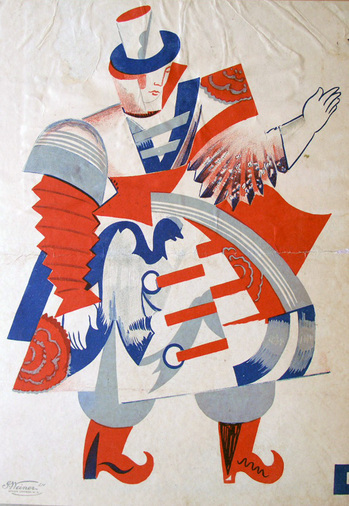
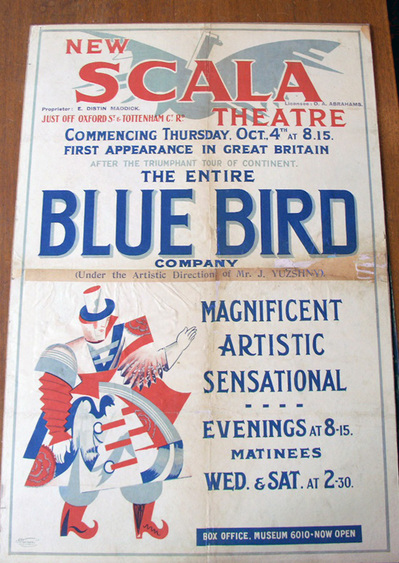
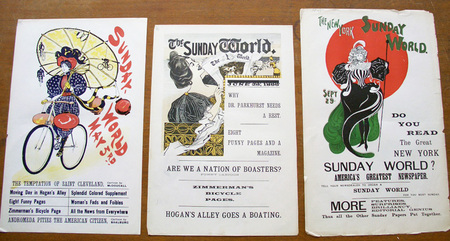
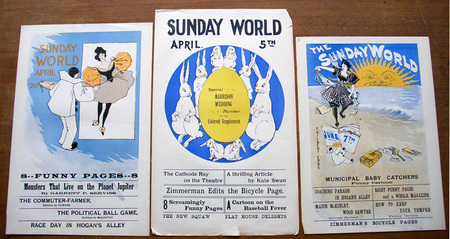
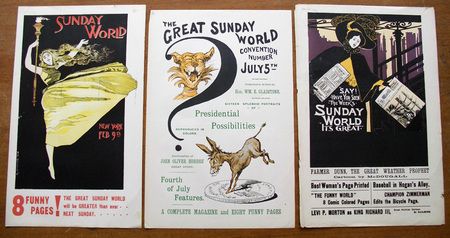
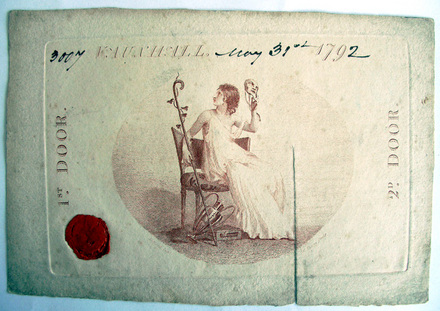
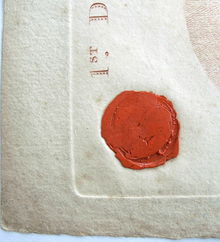
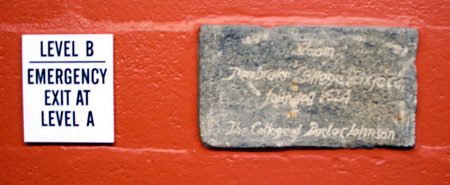
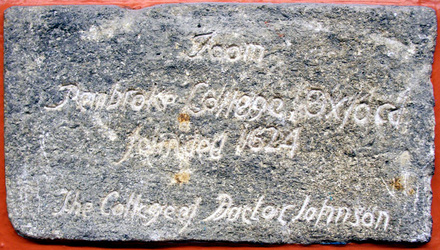
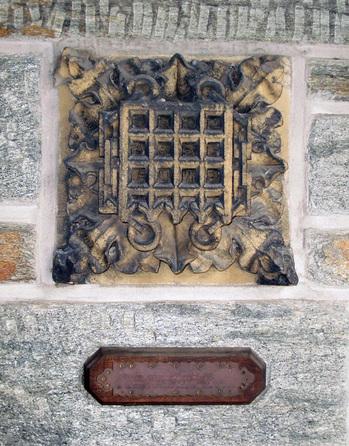
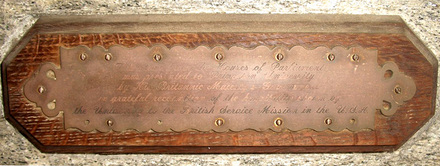
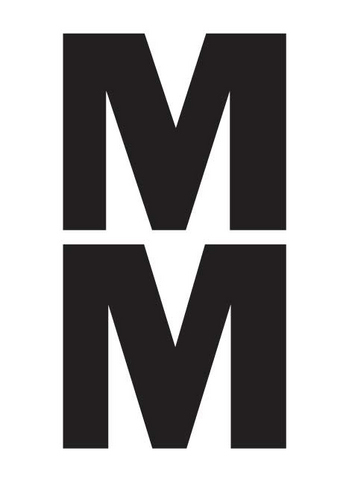

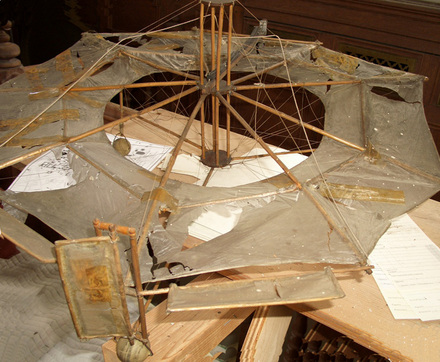
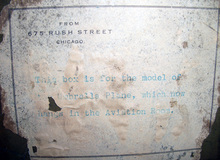
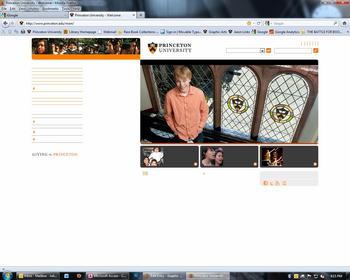
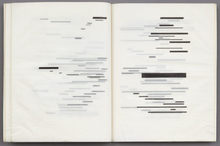
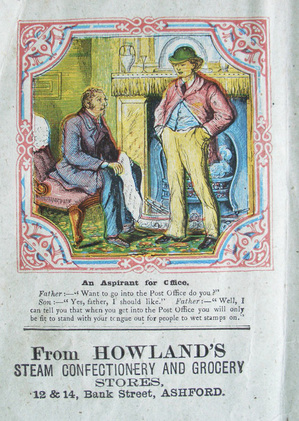
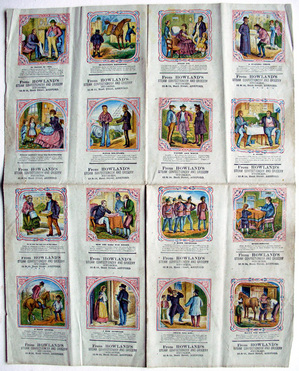


Recent Comments